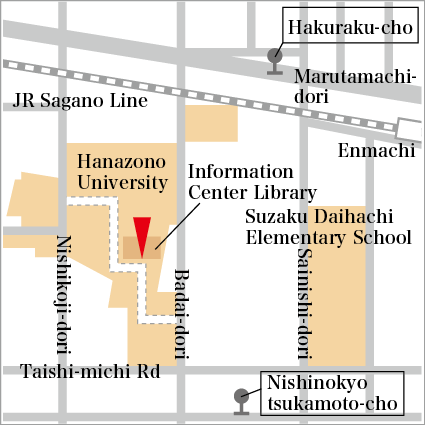Zen Museum (Hanazono University Historical Museum)
- Highlight
- Displays from ancient terra-cotta figures found in the biggest tumulus in Kyoto to Zen paintings
Sweeping displays of gathered materials
This museum holds some 2,000 pieces. The first display room houses a permanent exhibition, including materials and books related to archeology, ethnology, history, fine arts and Zen culture. The second room stages uniquely planned exhibitions driven by a “student participation” principle to incorporate the energetic efforts of undergraduates, postgraduates and faculty members.
The permanent collection is split into four sections. The archeology section presents the finds from excavations made by the university’s archeology office, and these include terra-cotta haniwa figures from the second Ogontsuka tumulus in Fushimi (late 4th century) and relics related to the Heian capital that were found on an ancient site in the grounds of Hanazono University. The ethnology section features actual items used in daily life and culture that were gathered in Oudaku, Uda, Nara prefecture. An art and Zen culture section displays pieces related to Zen culture mostly in areas like Zen painting and writing. Finally, the history section handles a vast amount of historical materials such as ancient books that the History Department of the Literature Faculty has gathered over the years.
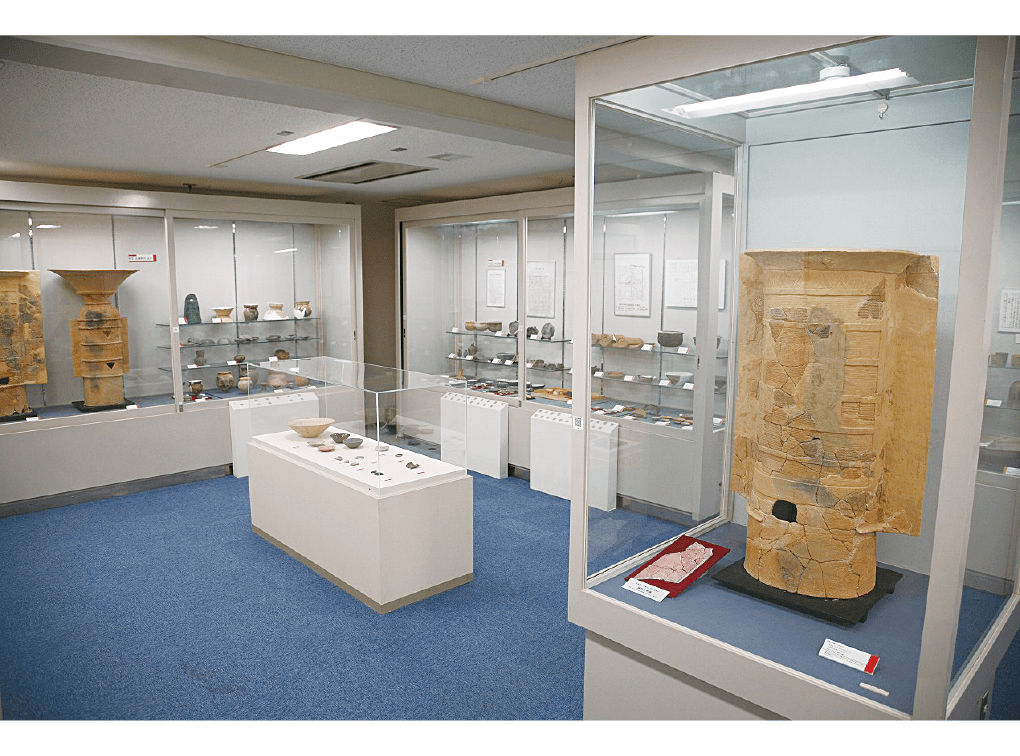
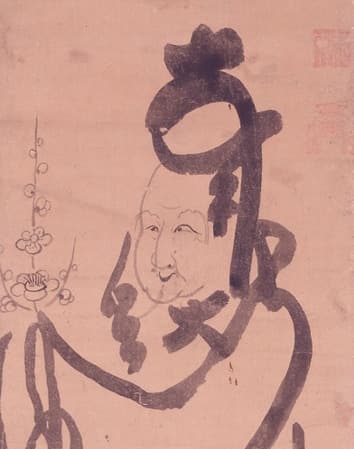
Part of Hakuin Ekaku (Zen monk) illustration
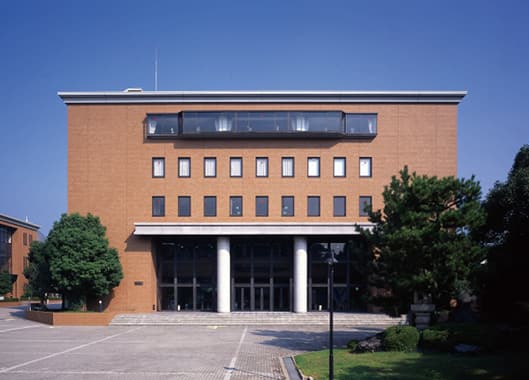
| Address | 4F of Musho-kan Hall, 8-1 Nishinokyo Tsubonouchi-cho Nakagyo-ku |
|---|---|
| TEL | 075-811-5181 (Representative) |
| FAX | 075-811-9664 |
| URL | http://www.hanazono.ac.jp/museum |
| Hours | 10:00~16:00, 14:00 on Sat for Apr-Jul and Sept-Jan only |
| Closed | Sun, Nat Hols, University Hols |
| Adm | Free |
| Access | An 8-min walk from JR Enmachi Stn/A 5-min walk from Hakuraku-cho Stop and Nishinokyotsukamoto-cho Stop of City Bus |
Facilities near by
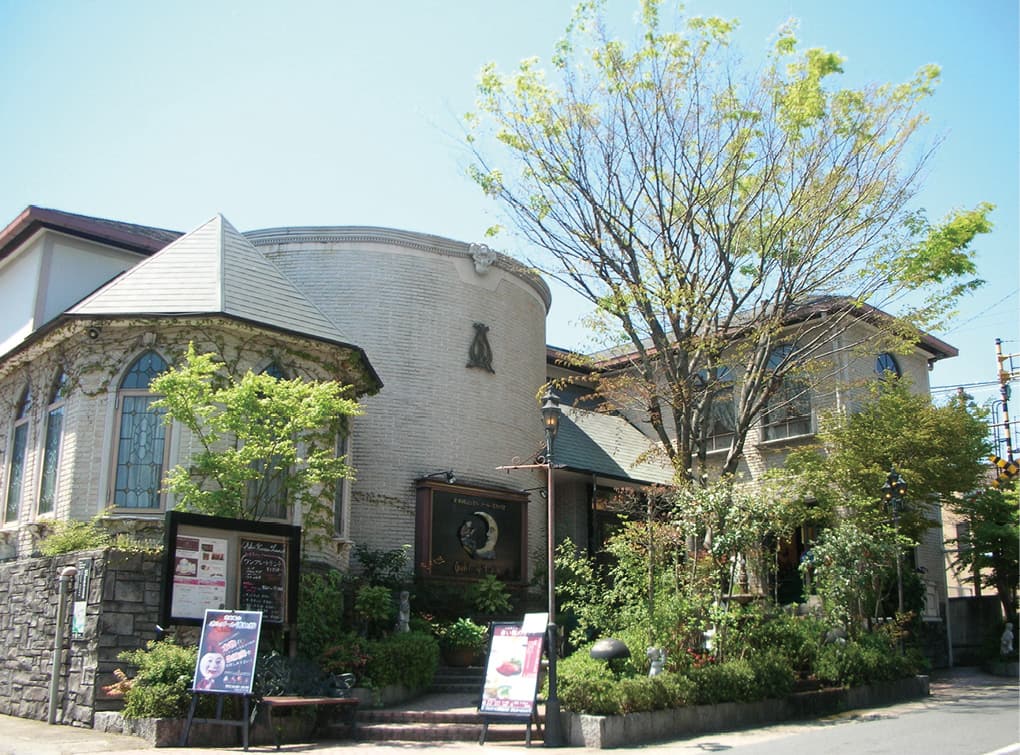
The Kyoto Arashiyama Music Box Museum
Illuminating a beautiful automated past
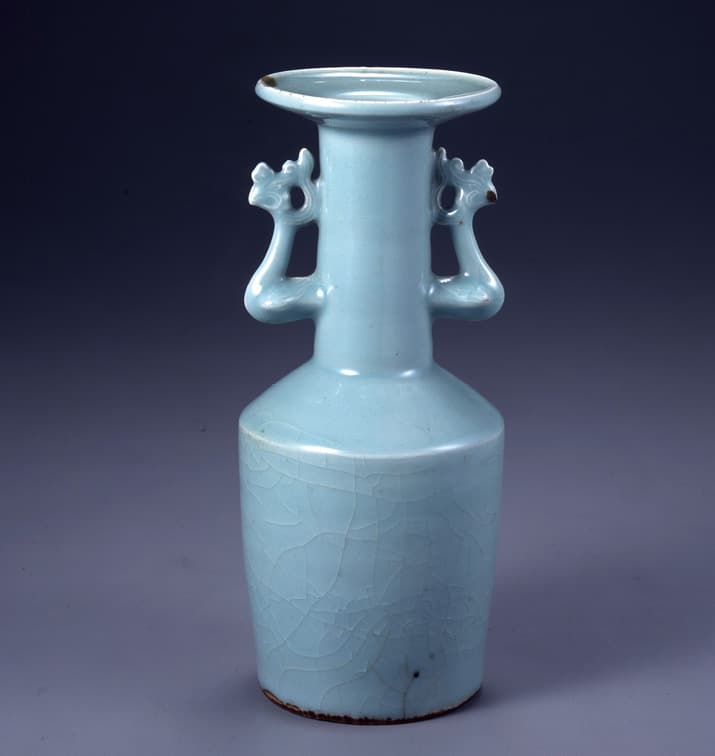
Yomei Library
A treasure trove of historical materials preserved by the head of the five Sekke regent families
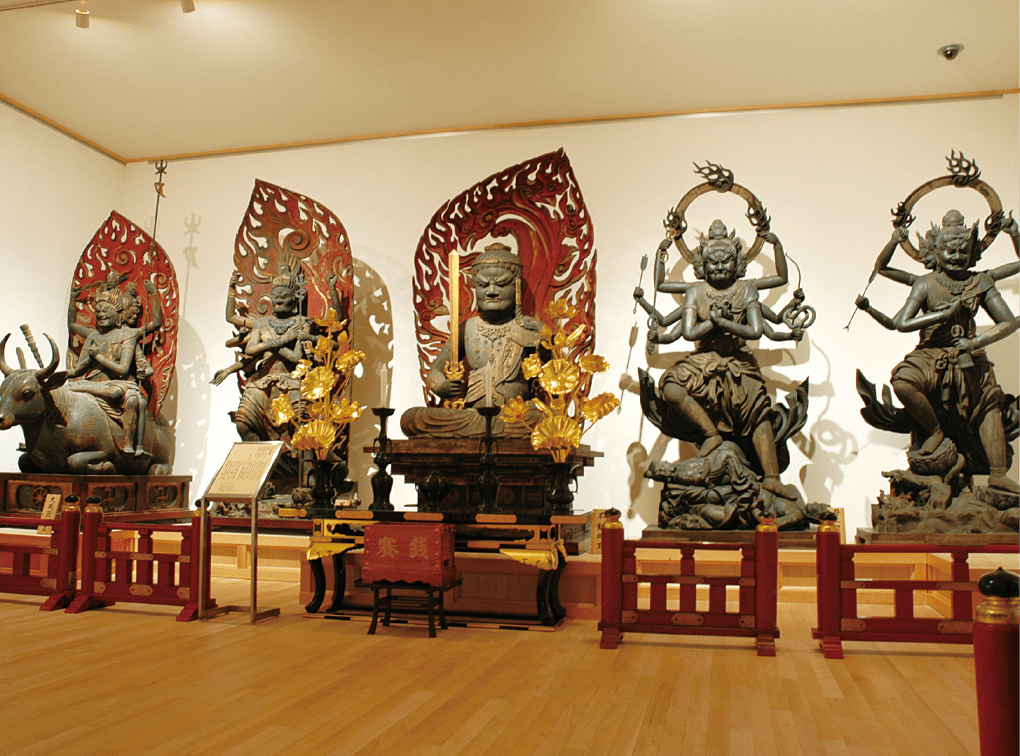
Daikaku-ji Temple Reiho-kan
An old temple of the Sagano area with many temple treasures connected to the Imperial family
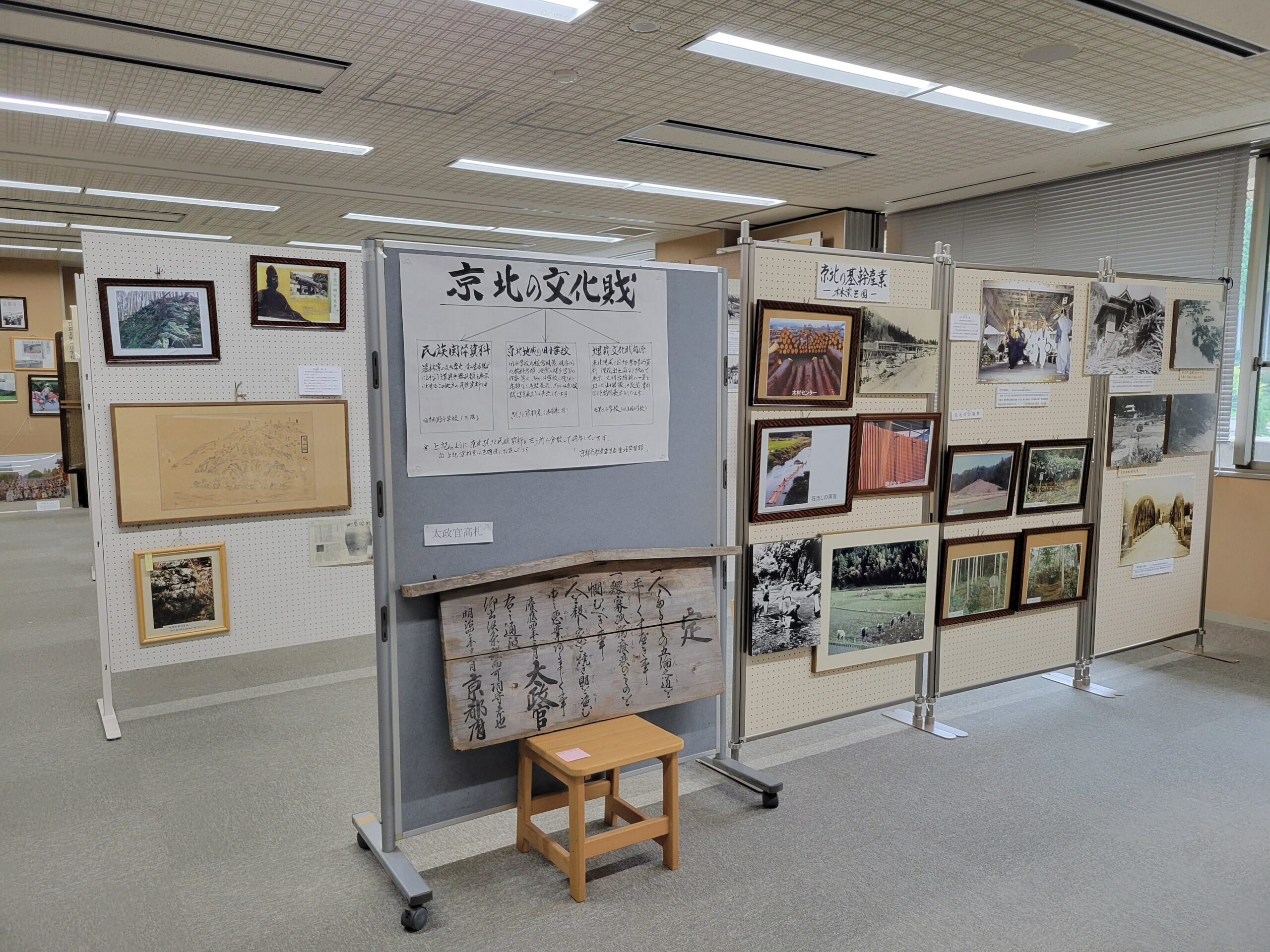
Keihoku Sansato Museum
A historical legacy of a region and the occupations of its inhabitants
